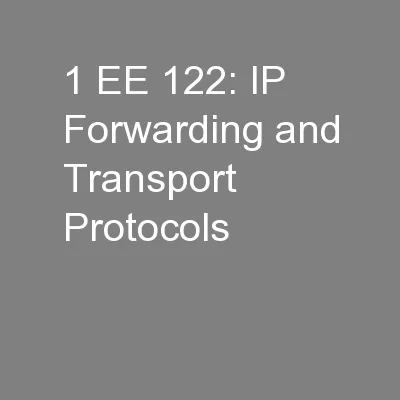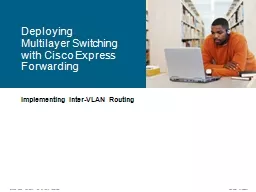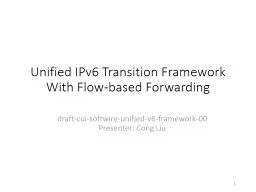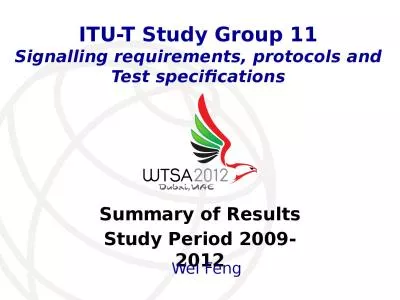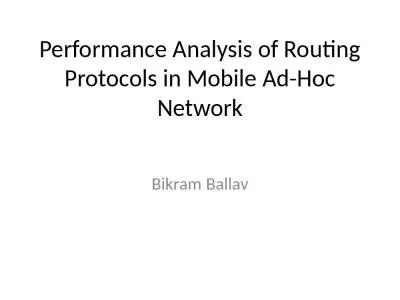PPT-1 EE 122: IP Forwarding and Transport Protocols
Author : alexa-scheidler | Published Date : 2016-04-22
Scott Shenker http insteecsberkeleyeduee122 Materials with thanks to Vern Paxson Jennifer Rexford and colleagues at UC Berkeley 2 Names amp Addresses Names Human
Presentation Embed Code
Download Presentation
Download Presentation The PPT/PDF document "1 EE 122: IP Forwarding and Transport Pr..." is the property of its rightful owner. Permission is granted to download and print the materials on this website for personal, non-commercial use only, and to display it on your personal computer provided you do not modify the materials and that you retain all copyright notices contained in the materials. By downloading content from our website, you accept the terms of this agreement.
1 EE 122: IP Forwarding and Transport Protocols: Transcript
Download Rules Of Document
"1 EE 122: IP Forwarding and Transport Protocols"The content belongs to its owner. You may download and print it for personal use, without modification, and keep all copyright notices. By downloading, you agree to these terms.
Related Documents

